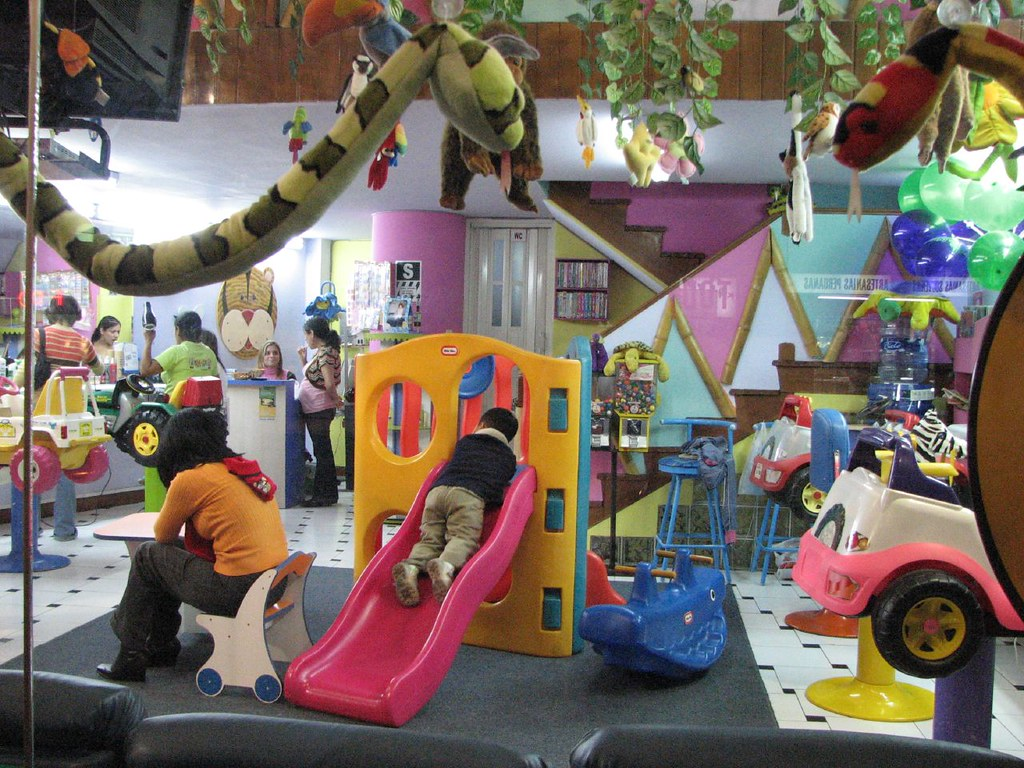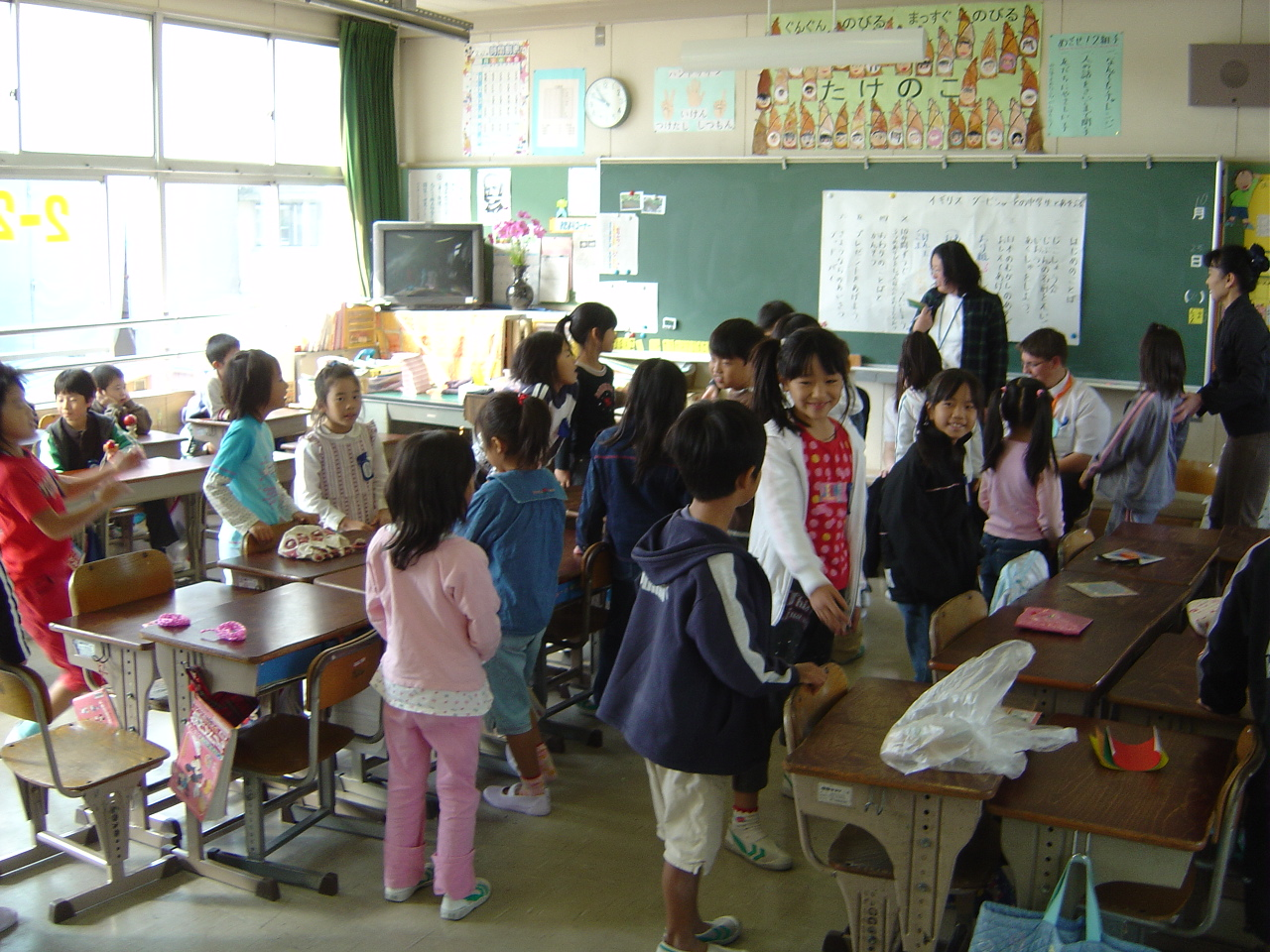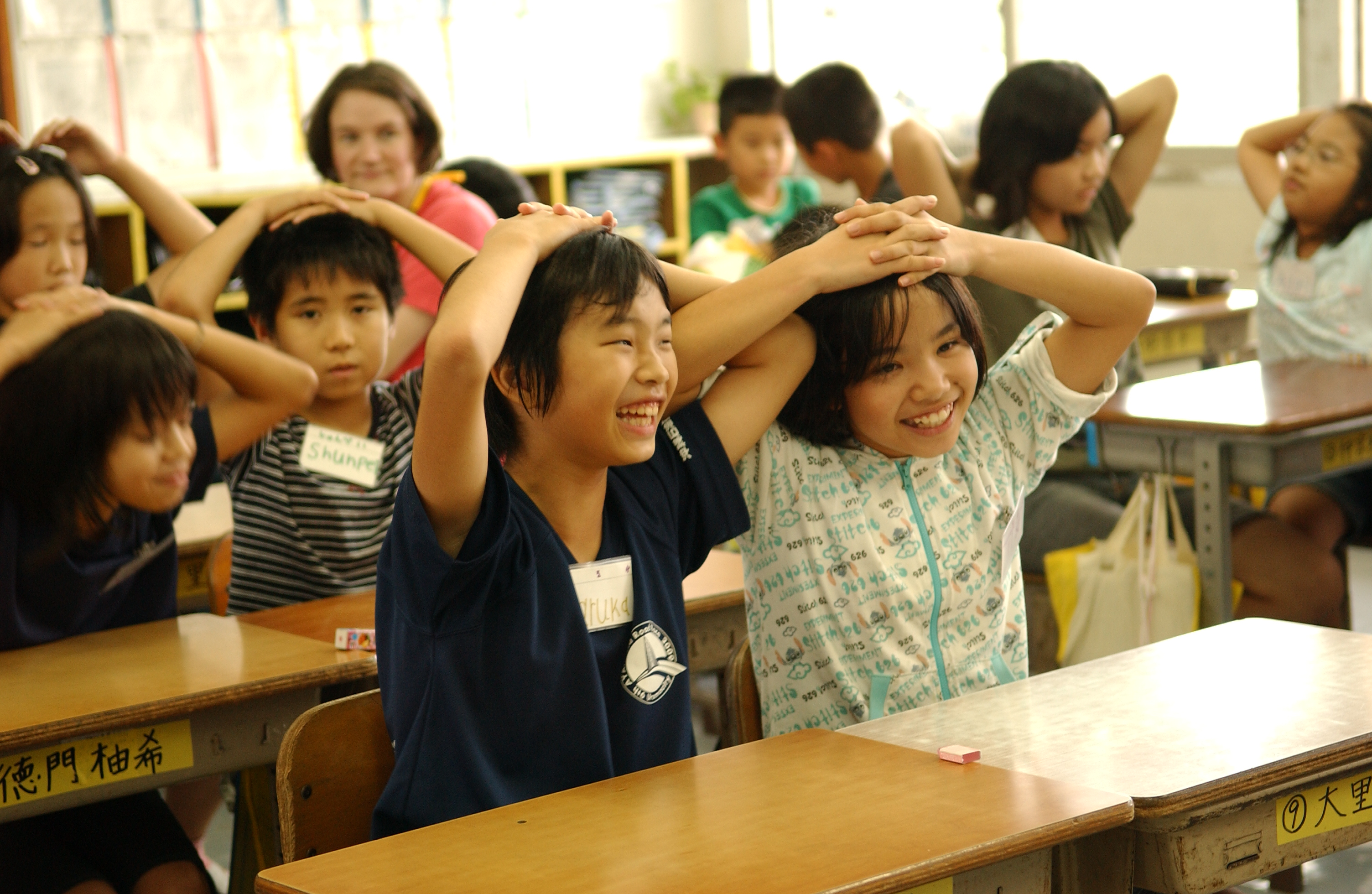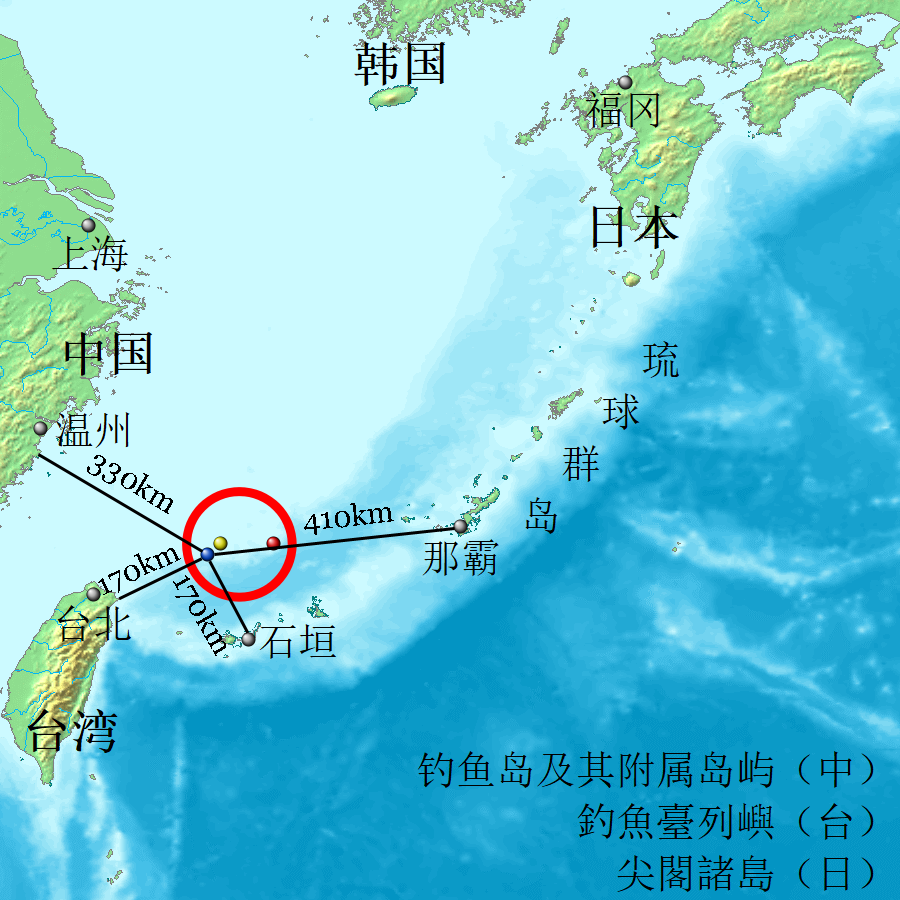6.2 Societal and Political Challenges
5 min read•january 13, 2023
Katelyn Lien
AP Japanese 🇯🇵
28 resourcesSee Units
Societal and Political Challenges
Population
📉 Although Japan's population grew steadily in the 20th century, it has recently begun to rapidly shrink. Each year there is a lower birth rate than the previous year, and the overall population is decreasing.
This is partly because more people, especially women, are going to college and getting full-time jobs. People are getting married later than before, so they tend to have fewer children. Some people decide not to have any children at all because they are aware of all of the costs involved in raising a child.
In some cities like Tokyo, it can be hard to raise a young child and work a full-time job. Some nursery schools and preschools even have waiting lists because there are so many families that need someone to take care of their children while both parents work.

Image Courtesy of Flickr
The average life expectancy in Japan is 84.5 years, which is the second-highest among all countries in the world. Since birth rates are going down yet people are living longer, the overall population age is increasing. This is also due to new advances in medicine and technology that enable people to live longer.
💰 National Pension System
The decreasing population has caused labor shortages in some areas of the Japanese economy, so some companies have increased the mandatory retirement age. Because the number of retirement-aged people is much larger than the current middle-aged population, the national pension system is stressed.
All workers in Japan must enroll in one of the two types of pension or nenkin (年金), which is the National Pension Plan and Employee's Pension Insurance Plan, known as kokumin nenkin (国民年金) and kosei nenkin (個性年金), respectively.
The general idea is that when they are working, a portion of their salary will be deducted each month. However, once they retire, they will be guaranteed a pension or regular payments throughout their retirement.
The current issue with Japan's national pension system is that since the middle-aged population is smaller than the generation that will retire soon, people are worried that they will not receive a pension. This financial uncertainty continues to be a challenge in Japan.
🗣️ Foreign Languages
Compared to other countries, Japanese people are not very good at speaking foreign languages. This is primarily because Japan is mostly composed of a single ethnic group, so there has not been much of a need to speak another language.
Learning foreign languages in Japan is mostly focused on gaining a deeper understanding of other cultures through foreign literature, so the emphasis is usually on reading and writing. For example, many Japanese people can read and write English, but they may not be able to speak it as well.
However, recently there has been a shift in foreign language education. With an increasingly interconnected world, being able to speak more than one language has become quite a valuable skill.

Image Courtesy of Wikimedia Commons
Many schools have started exposing students to English at a much earlier age. Many children's books and educational materials now have versions published in English. Also, rather than just learning how to read and write, speaking English is now taught from a young age.
English teachers are in high demand in Japan. Since there are not many teachers in Japan who can properly teach English, many teachers from America come to Japan and teach. Students always love these teachers, as they are fun and different from their other teachers!

Image Courtesy of Kadena Air Base
📃 Politics
Japanese politics is quite different from US politics. Japan has many more political parties, with some of the larger ones being the Liberal Democratic Party, Constitutional Democratic Party, and Democratic Party of the People. They are known as jimintō (自民党), rikken minshutō (立憲民主党), and kokumin minshutō (国民民主党), respectively.
One of the current political problems in Japan is the divide among members in the Liberal Democratic Party. Currently, there are 285 members in the House of Representatives and 113 members in the House of Councillors, which are the lower and upper house of the National Diet which holds the legislative power.
Since it is such a large group, some members have opposing beliefs. Therefore, the group often has difficulty creating a unified front and a clear set of beliefs for Japanese citizens to follow.
🌐 International Challenges
Japan faces problems with international countries as well. Japan is currently fighting for ownership of some of the smaller islands of Japan. These islands are close to China, which is a country that Japan has tension with.
Although China had never claimed the small Japanese islands before, as soon as non-renewable resources like petroleum were found below the ocean near the islands, they began to argue that they owned these islands.
Currently, Japan is struggling to ward off Chinese ships that are illegally coming into Japanese territory and claiming ownership of the islands.
Japan also faces international threats from North Korean missiles. These missiles are being tested and shot into the Sea of Japan (日本海), which contains Japanese ships and fishing boats. Not only are these missiles dangerous, but they are also being put into territory that is not part of North Korea, increasing tensions between the two countries.

Image Courtesy of zh.wikipedia
Some of the consequences of a more interconnected world are international tension and disagreements. Countries are forming strong revolutionary connections with other countries, but we must be aware of the challenges and also where Japan fits in. World leaders must continue to compromise and reach agreements in order to improve the world as a whole.
💥 Strive for a Five Vocabulary
- tochi (土地): land
- jinkō (人口): population
- chiri (地理): geography
- zōka (増加): increase
- genshō (減少): decrease
- eigo kyōiku (英語教育): English education
- chīsai koro (小さい頃): young age
- seiji (政治): politics
- seijika (政治家): politician
- tōhyō (投票): to vote
- chīki (地域): region, territory
- chūgoku (中国): China
- kitachōsen (北朝鮮): North Korea
- amerika (アメリカ): America
- kokusai kankei (国際関係): international relation
- fuitchi (不一致): disagreement
Browse Study Guides By Unit
👨👩👧Unit 1 – Families in Japan
🗣Unit 2 – Language & Culture in Japan
🎨Unit 3 – Beauty & Art in Japan
🔬Unit 4 – Science & Technology in Japan
🏠Unit 5 – Quality of Life in Japan
💸Unit 6 – Challenges in Japan
✍️Exam Skills - FRQ/MCQ

Fiveable
Resources
© 2023 Fiveable Inc. All rights reserved.